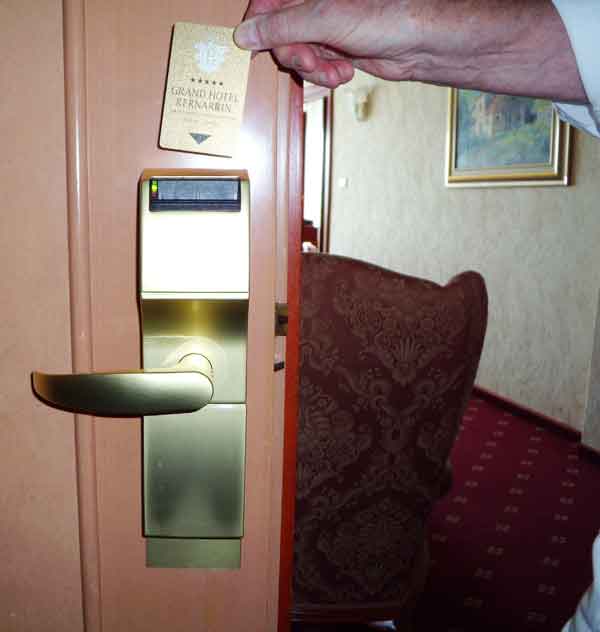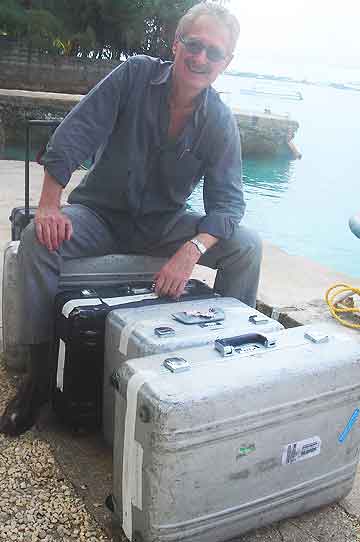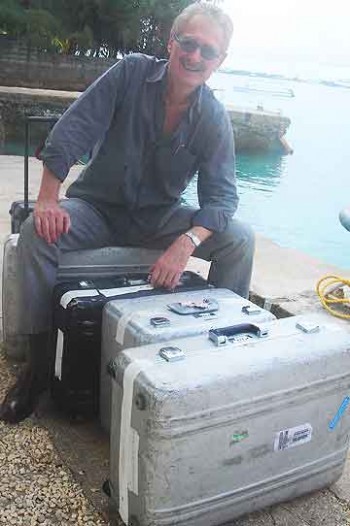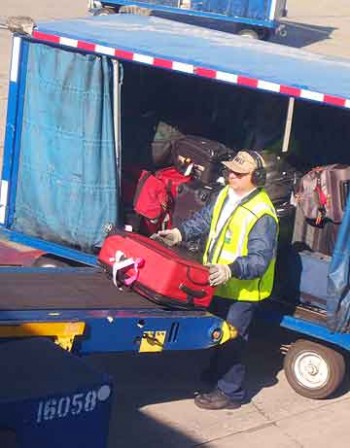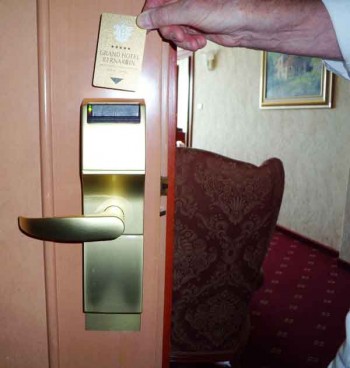 It happens. For the most part, it’s rare. At the risk of tempting fate, I’ll admit that we’ve never been victims of hotel theft, though we practically live in hotels (200-250 nights per year for the past 20 years.)
It happens. For the most part, it’s rare. At the risk of tempting fate, I’ll admit that we’ve never been victims of hotel theft, though we practically live in hotels (200-250 nights per year for the past 20 years.)
Of course we take some precautions and listen to our own advice, particularly based on our version of the hotel room security check. But travel makes us weary and sometimes we become lax. Laziness is part of reality.
Though I believe in locking valuables into the room safe or alternatively, into my largest hard-sided suitcase, there’s always the security-versus-convenience trade-off to be considered, not to mention the gut-instinct and informed-decision. In other words, a lot of variables. I might start out vigilant, then slack off. In my book, I said:
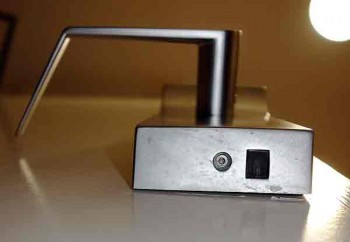
I also consider the relaxation factor. If you stay in a hotel for several days, a week, perhaps more, you get comfortable. Maybe you get to know the staff. Maybe you let down your guard. If I were a hotel employee bent on stealing from a guest, I’d wait until the guest’s last day in hopes she might not miss the item. Then she’d leave. Are thieves that analytical? I don’t know. But I like to make a policy and stick with it.
Logical, but idealistic. I can’t say that I always follow my own rules. I get complacent. I get tired of the drill. Constant travel is draining.
Anyway, hotel employees are not the only potential room thieves. There are the door pushers and the loot-‘n-scooters who social-engineer their ways past housekeeping—both outsiders.
A looming threat is door-hacking. For a few bucks, anyone can build a small electronic gizmo that will open keycard locks made by Onity, which are currently installed on millions of hotel room doors around the world. The electronic lock-pick, revealed in July 2012 by hacker Matthew Jakubowski, opens our belongings to yet another potential risk. Perhaps our safety, too.
Fixing or replacing door lock hardware will be expensive, so some hotels have resorted to simply plugging the tiny access port—with a removable plug. Hotel security chiefs tell me that most hotels will do nothing until they get a rash of theft reports. Now, the thefts have begun.
Have I changed my hotel room behavior? Nope.

